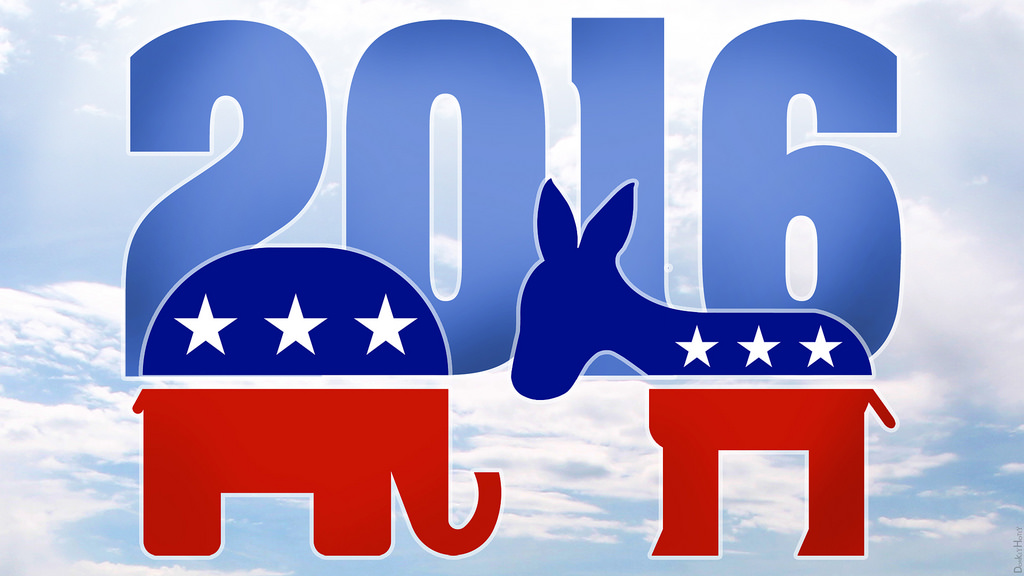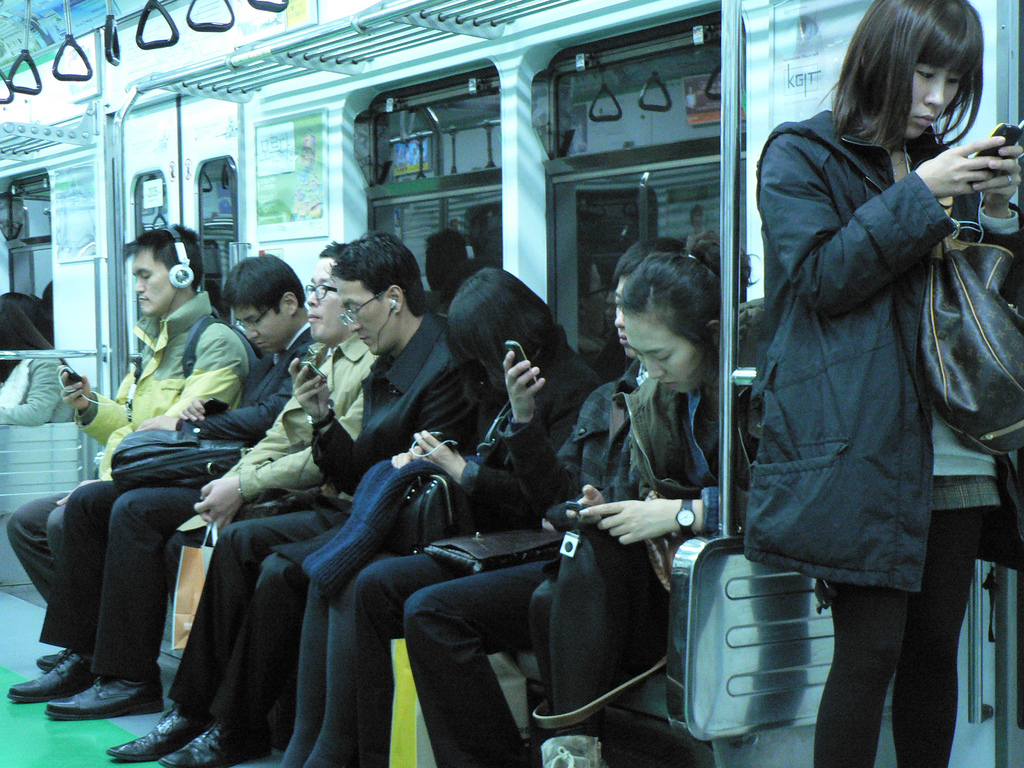Election season is in full swing here in the United States, which means journalists all over the country are doing the same thing they do every four years — delivering news to American citizens. Of course, the way people receive their news has been changing drastically over the last decade or two.
Only 15 years ago, no one had mobile phones, blogs, and social media sites. Now, our news has exploded through the digital, mobile, and social media landscape.
Thanks to the 2016 presidential election and two “interesting” major candidates, we’re seeing that technology has a greater impact on broadcast journalism than ever before. Digital video is ubiquitous. Journalistic integrity is more critical — and more impactful — than ever. Thanks to a very unusual election cycle, it’s easy to see that aspiring broadcast journalists must navigate an industry of increasing complexity and importance, and have perhaps more responsibility than ever when it comes to communicating with the public. This is partially why the Broadcast Journalism programs at NYFA concentrate on equipping future journalists with the diverse cross-disciplinary skills, experience, and ethical awareness necessary for the reality of 21st century journalism; journalism is changing, and changing fast. And it matters, a lot.
Here are some of the biggest ways this upcoming election has changed the game when it comes to how people communicate — and consume — news.
Domination of Social Media
Arguably the most significant new technology today, social media has taken a major part in the coverage of the 2016 election. From Facebook and Twitter to Tumblr and Reddit, there are plenty of online sources for people to get their news. But how much larger is social media’s influence today than, say, 10 years ago?
According to Pew Research Center, only eight percent of Americans used social networking sites in 2005. But by September of 2013, than figure changed to 73 percent. Now, we’re seeing a dramatic increase in older voters using social media to follow political figures and get their election news.
For broadcast journalists, social media offers the perfect platform for delivering news in many ways, like linking articles, posting messages, and the use of full motion and digital video. With Facebook and Twitter, journalists are also able to engage their audience of thousands like never before.
Now, the question of delivering all social media news fairly is more important than ever. What’s stopping Twitter and Facebook from implementing algorithms that favor a specific political party, subtly skewing election coverage? There’s already heavy speculation that Twitter curates trending hashtags, which means that what you see as the most popular topics may not actually be the most popular. And there’s no law regulating a social media platform’s power to do this. And, on the flip side, how do journalists navigate the ethical side of social media news? This is a new frontier, and a very important question for the future of media consumption.
Mobile Dethrones Other Platforms
There was a time when the popular way to obtain news was via newspaper, television, and radio. But with the rise of mobile phones, these classic news sources have seen a decrease in use.
According to Pew Research Center’s 2016 report, daily newspaper circulation fell by seven percent, and newspaper ad revenue also fell by eight percent, between 2014 and 2015. In other words, fewer people are looking to print publications for their news — even when there is no election going on.
And what about radio? Although it isn’t as prominent as before, FM radio still makes up 54 percent of all listening. Another popular listening platform is the podcast, which allows you to download and consume audio whenever you desire. Newer podcasts even display images along with the audio, while vodcasts include video clips as well.
As for television, research shows that the number of late-night local news viewers has fallen as much as 22 percent since 2007. Local TV stations are still seeing an increase in revenue and audience growth in 2016 — which is common during election years — but it seems only older Americans still depend on television. Millennials tend to rely on alternative news sources.
The slow decline of these stalwart media platforms is all thanks to the advent of the smart phone. People don’t need to switch on a radio or television to receive news, much less flip through a black-and-white text. Instead, news and information from all over the world is already available in the palm of their hands — on a device most of us carry at all times.
In keeping with the times, broadcast journalists are turning more to apps and social media pages in order to do their job. And this certainly applies in the case of covering the 2016 Presidential Election.
Credibility in Question More Than Ever
We’ve already talked about how big social media sites can get away with “curating” the news you see. Just last month, Facebook began changing their trending feature after an outcry from political conservatives.
The fact is, accusations of bias in broadcast journalism are nothing new. But thanks to new platforms and software, questions of authenticity are on the rise. There’s no denying the rise of Adobe Photoshop and other powerful graphic editing tools, and their questionable presence in journalism.
Of course, we know that the media manipulating photographs and other images is nothing new. But with so many people flipping through their social media sites and (sadly) believing everything they see, using altered images can prove more influential than ever before.
On top of facing increased scrutiny in an ever-broadening, increasingly cluttered landscape, broadcast journalists now face the challenge of providing honest, authentic news and images across a huge spectrum of platforms when everyone else might not be playing fair. Now more than ever, integrity and professionalism are key. This is why, as Bill Einreinhofer, NYFA’s Chair of Broadcast Journalism, observes: “NYFA students learn the ethical responsibilities that come with being journalist. It’s not just a ‘job.’” Indeed, broadcast journalism is a calling — and an essential social service, made more social than ever in this changing landscape of news consumption. And the world needs multimedia journalists capable of working across platforms to deliver truth to a growing digital audience.



